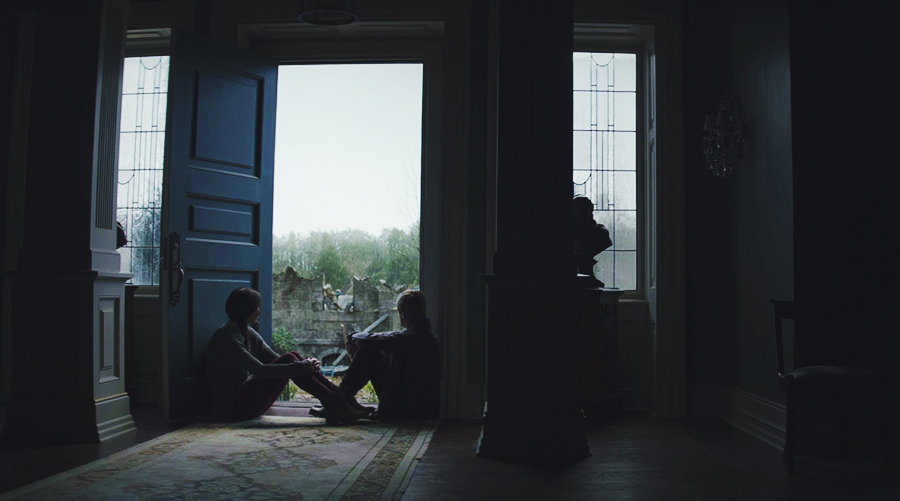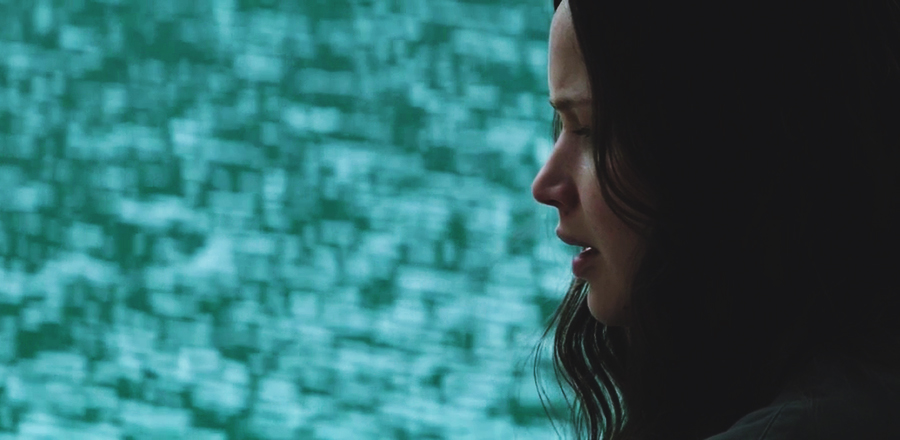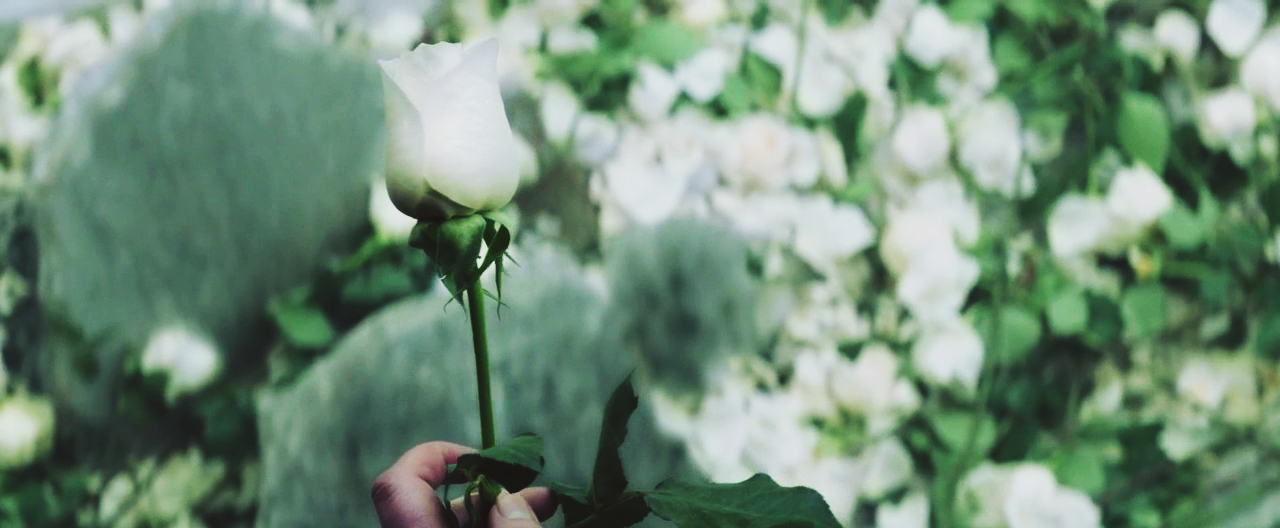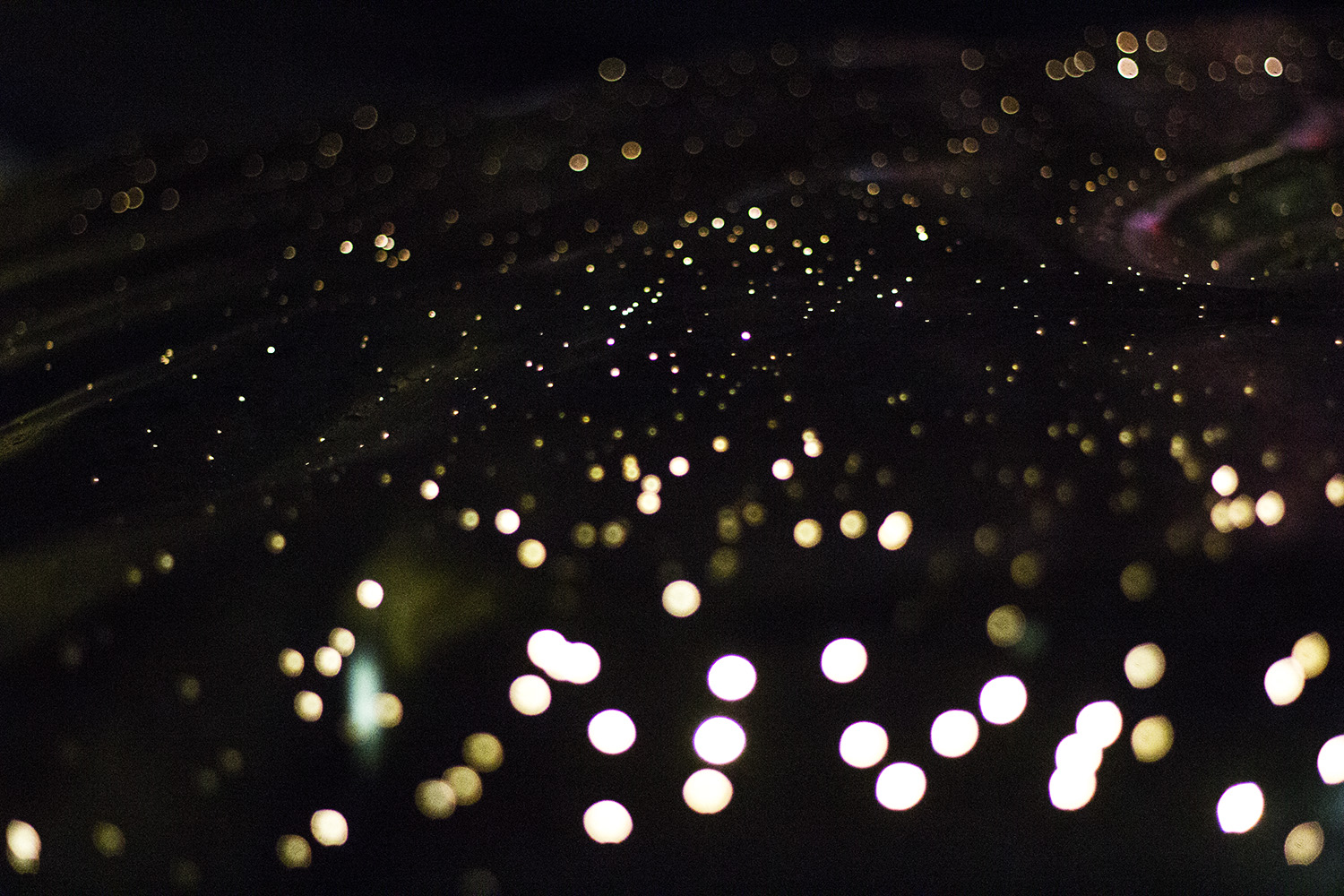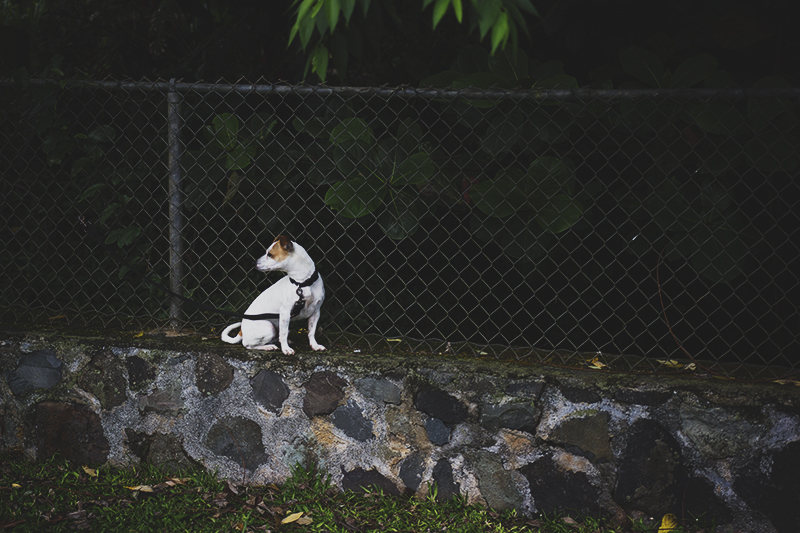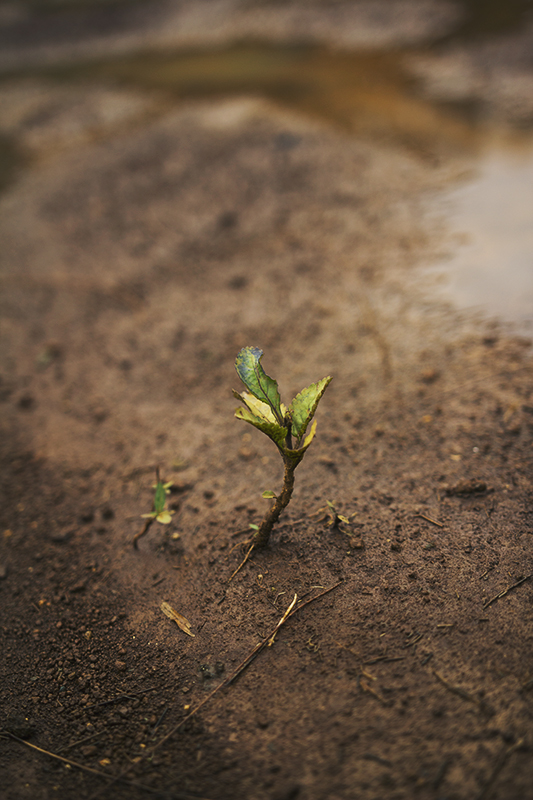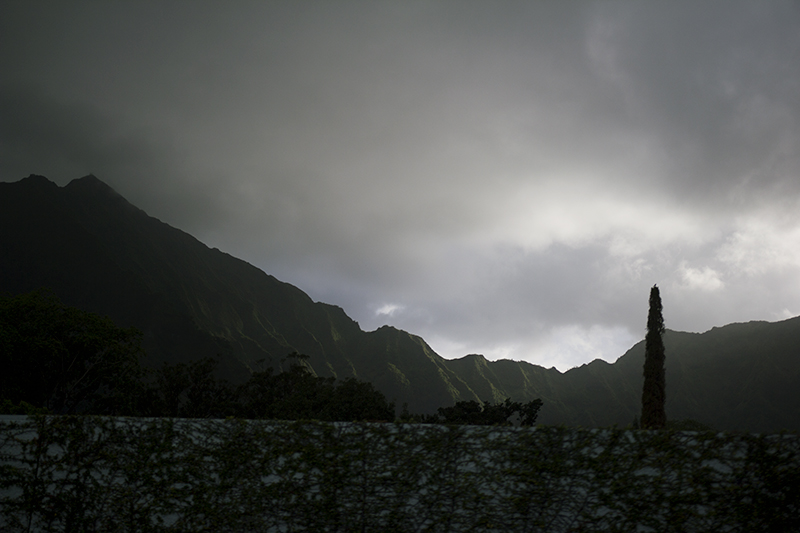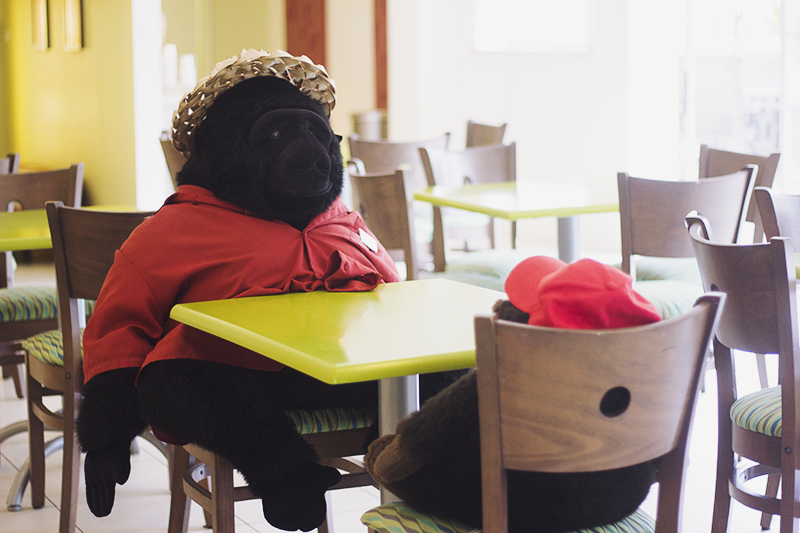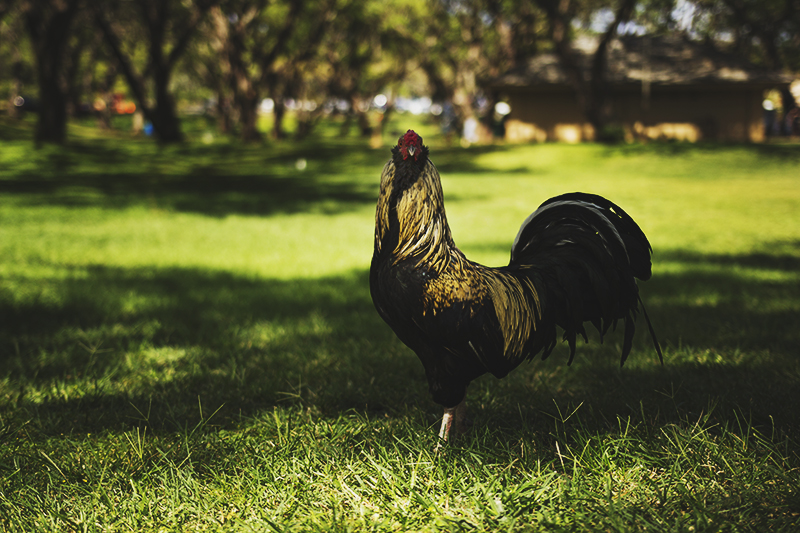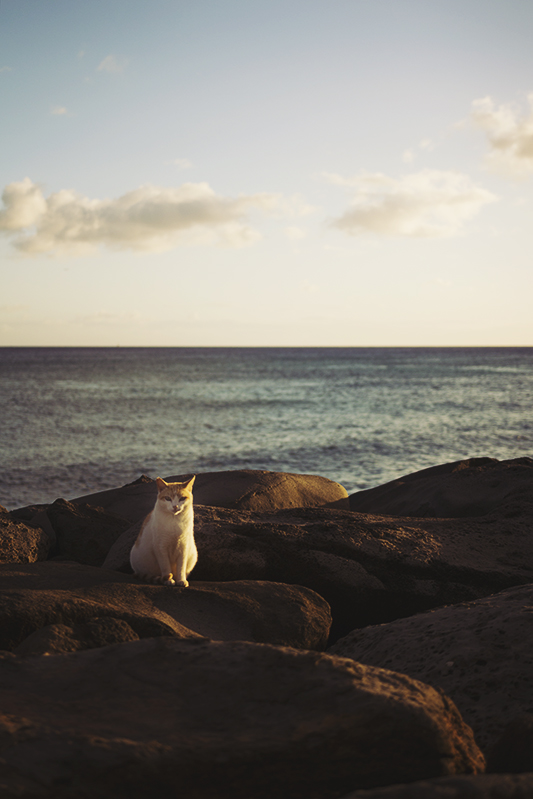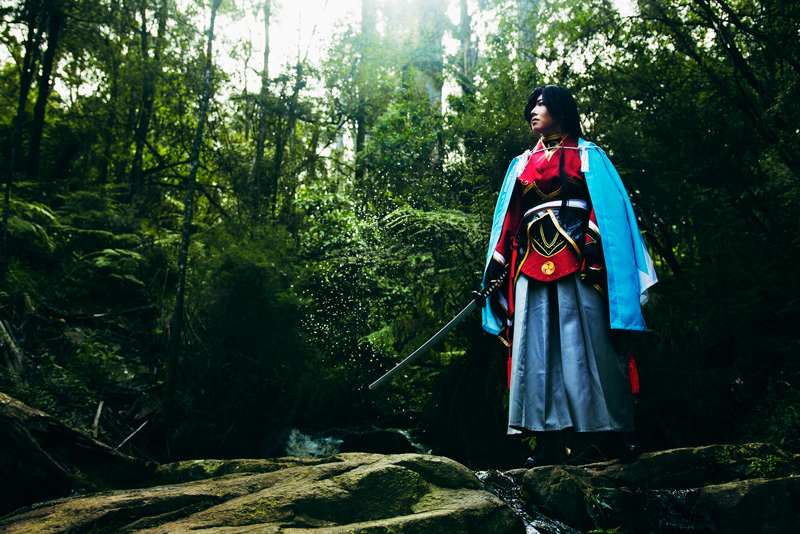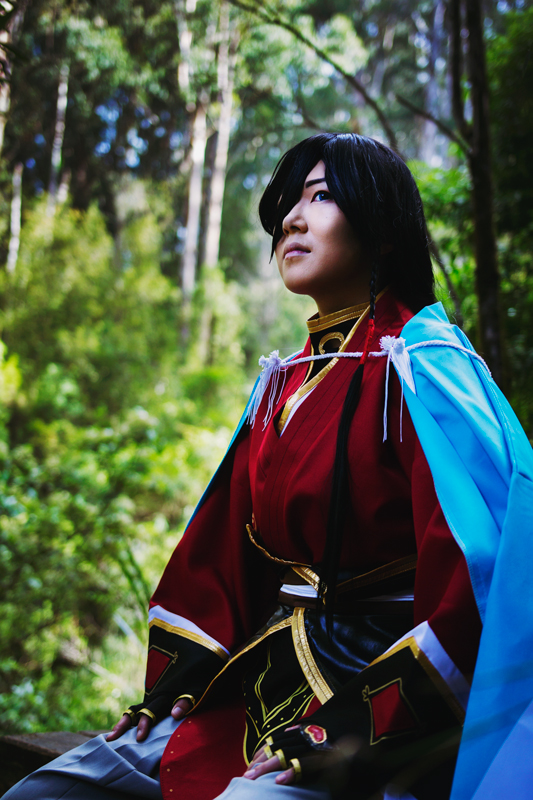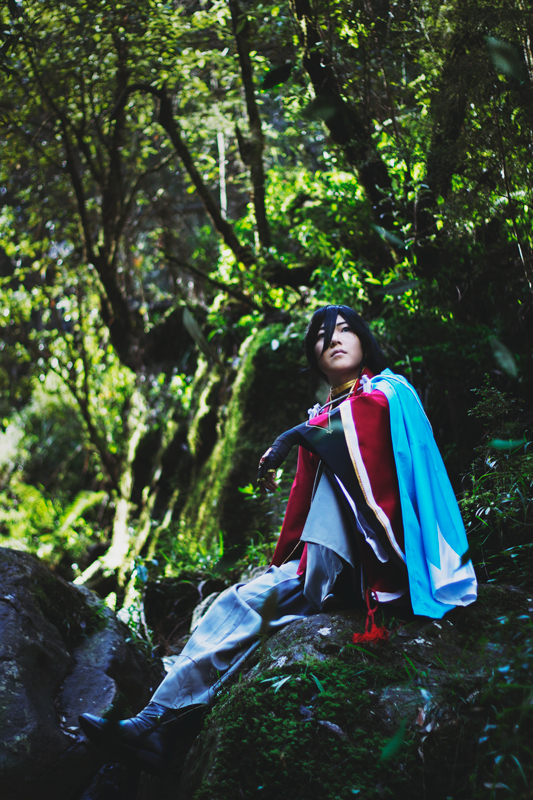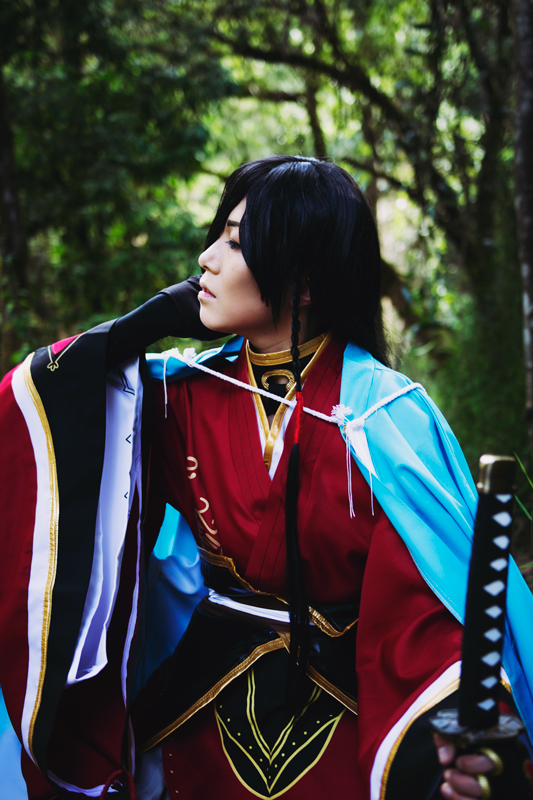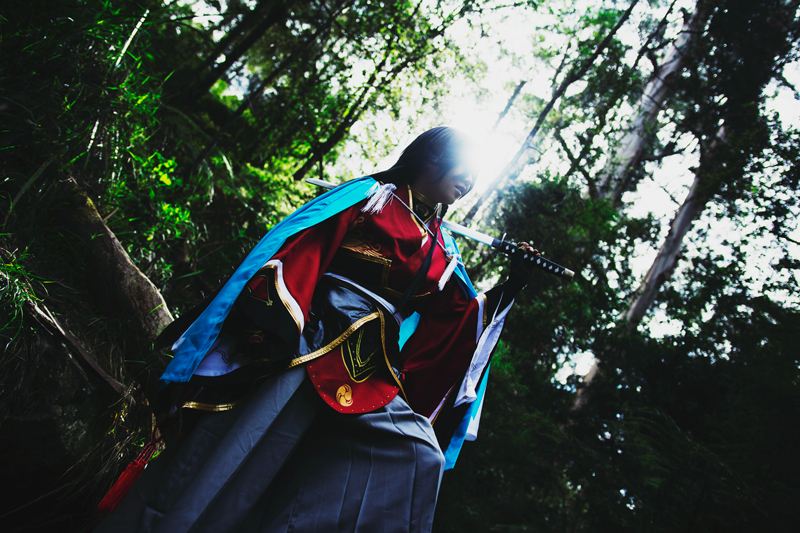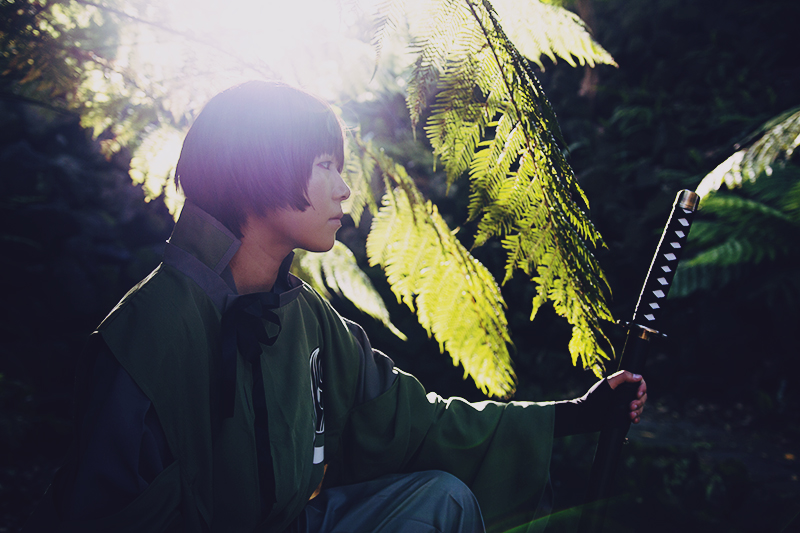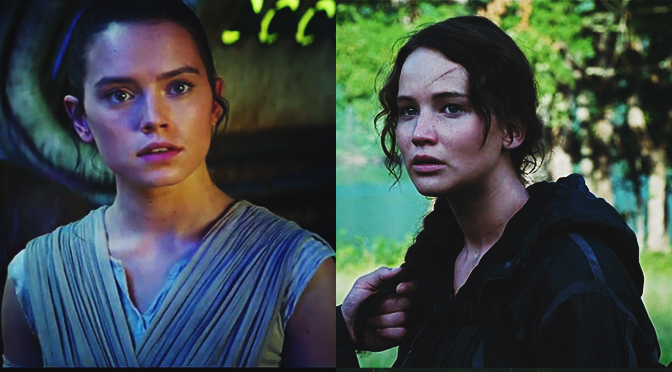A Dandelion in Spring: The Power of Support
When I first read The Hunger Games at sixteen, I hated the book. As a young girl struggling with asexuality and aromanticism, I had been plagued by love triangles or relationship drama in almost every Young Adult novel I picked up. At the time, I was hyper-sensitive to hints of love triangles in stories, and so I severely misunderstood Katniss’ character, completely missing what was actually important in her relationship with Peeta: the support he offers her as someone who genuinely cares.
The narrow thinking that creates the idea of a female character needing to choose between two male characters is a serious issue in fiction aimed at young adults. While it’s a topic for another post, this does sometimes alter people’s interpretations of the series, creating kneejerk reactions like my own initial one, and it’s a trend that needs to be questioned.
Katniss is much more than her potential love interests, the entire series being about far more than her feelings towards Peeta or Gale. Trivializing any of the characters by their level of attractiveness or romance potential entirely misses the point. Katniss’ fluctuating relationship with Peeta is a driving factor within the series, and a large part of the woman she becomes.
Start With What You Know Is True: Mental Health in The Hunger Games
In the real world, mental illnesses affect millions of people, and yet there’s often a silence surrounding the issues, brought on by social stigmas and a lack of education on mental health. Depression, post-traumatic stress disorder, and anxiety and panic disorders are prevalent within The Hunger Games, experienced by Katniss Everdeen and those around her. The trilogy highlights just how much trauma can affect people, especially the young adults and children manipulated by those much older.
While the novels are far more adept at portraying the characters’ understanding of and struggles with their respective illnesses, the films do make an effort. The opening scene of Catching Fire, where Katniss hallucinates another tribute from the Games while hunting with Gale, visually captures the nightmares of the arena that plague Katniss, setting up the audience’s understanding of her mental state following the 74th Hunger Games. The majority of Katniss’ interior struggles, however, are found within the pages of the books.
The Bird & the Snake
“Remember who the enemy is,” Haymitch tells Katniss, moments before she is taken off to the Quarter Quell arena. Again, he reminds her as she attempts to talk down a man in District 2 holding a gun to her head; “Who is the enemy?”
The enemy, she knows, is the Capitol, and the man who embodies the so-called “beating heart” of Panem: President Snow. Where she is the symbol of freedom, he is the symbol of an oppressive system.
When Katniss first meets the President at the presentation of the victors, she understands instantly that he knows she is a threat, that she is the reason the Games and the Capitol were undermined. In the film, he seems to come across softer, commenting on her mockingjay pin and telling her that her district must be proud.
This softness and civility, we know, is a ruse. His eyes, she notes in the novel, are “as unforgiving as a snake’s” as he crowns her. What Katniss doesn’t realize at the time is how alike the two are, and just how much they will come to understand each other.
Panem Today, Panem Tomorrow, Panem Forever in Our World
Katniss raises her bow and lets loose an arrow, blowing a Capitol hovercraft out of the air. As it crashes into a second craft and they plummet to ground, the screen bursts into flames, and then: the Mockingjay logo over black. We watch this in the theater at the end of a trailer, Panem sees this at the end of a rebel propaganda short—a propo. The Hunger Games reflects a darker version of our own future, but our world reflects Panem right back.
Young Adult dystopian fiction is not a rare genre to find. Divergent, The Chemical Garden, Delirium, Uglies, Unwind, Chaos Walking, the list goes on. There are a vast array of reasons young adults connect with dystopian fiction. Give them a world they can see coming in their own future, a land destroyed by those before them, rules that tear away their agency, adults who would manipulate them, and yet give them the strength to grow, to change the narrative of their world for the better.
By wiping away the tedious normalcy of our lives now and exaggerating the things that already make life harder for everyone such as surveillance, media bias, body autonomy, and more, YA dystopian literature manages to not only distill issues in our present, but warn of future problems.
State of the Blog (and Where It’s Headed)
April was the second birthday of this blog (April also happens to be the birthday month for both me and my Twitter, too) and at the time, I didn’t have much to say on the fact. Plus, last month ended up being impossibly busy—the coolest thing being volunteering at Play by Play (NZ’s first international games festival), running a Twine workshop and doing event photography.
So, where is Not Saf for Work headed now that it’s in its terrible twos? Well, for what feels like the first time since I first posted here, I’ve actually got a somewhat solid plan.
Hawaii Colours (April 15)
Me: [puts down drink and gets out camera] Sister: Are you taking another photo of your drink?
Me: [taking photo] No…These photos are from like, an entire year ago, but winter is fast approaching and I’m missing those golden sands. So many gorgeous colours there, I couldn’t stop snapping photos of the way the light shone through leaves, across the landscape.
Also there were cats.
Letting Your Character Grow
You have a character, and she’s your new baby. She has a picture-perfect face, and a name researched for days that exactly sum up her personality and her role within the narrative. Three chapters into the story, and she’s already pulling at the leash, wanting to turn left when the plan dictates turning right.
Sometimes, a character grows beyond their creator, forming opinions and traits that alter their trajectory. If you’re unprepared, an especially rebellious character can entirely throw a story’s path into turmoil.
Not every writer experiences their characters suddenly gaining a will of their own, and others will very seriously state that these characters must be kept very firmly on their destined track—you are in control!
No two people write exactly alike, nor will they experience the writing process the same way. I’m going to talk about how I—as someone who throws the reins free the instant I begin a story—approach character creation and growth.
Intermission: Ruapehu & Ohakune
I went to the snow last year. I took some photos. Not all of the photos are snow.
Related:
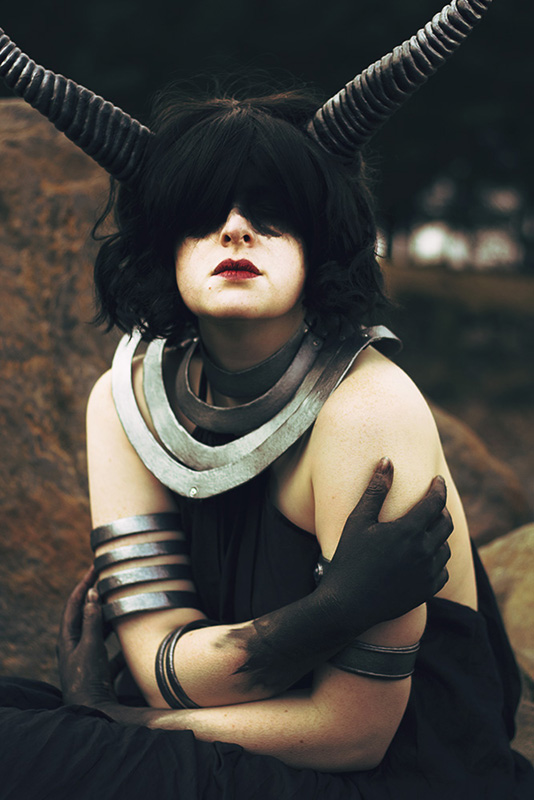
Creature Shoot (July 15) Like my work? Consider supporting me on Patreon!
Touken Ranbu – Izuminokami (Melb 15)
Of Bows and Sabers, and the Girls who Wield them
2015 was a year of great cinema, that’s without a doubt, but the best part? That the two most anticipated of last year—The Force Awakens and Mockingjay Part 2—had something in common other than their sci-fi foundations, something that is still unfortunately new in action and science fiction and big blockbuster films: female leads. Rey, and Katniss Everdeen. Not adults, but girls, both thrown into their respective stories while still teenagers.
Though similar in their survivalist personalities and ability to defend themselves, having learned their fighting abilities simply to survive their harsh lives, both Katniss and Rey have vastly different personalities. Maybe it’s the traits that parallel the two that make them work so well as leads, and their differences that create such compelling young women as they fight for their lives, and the lives of those close to them.
